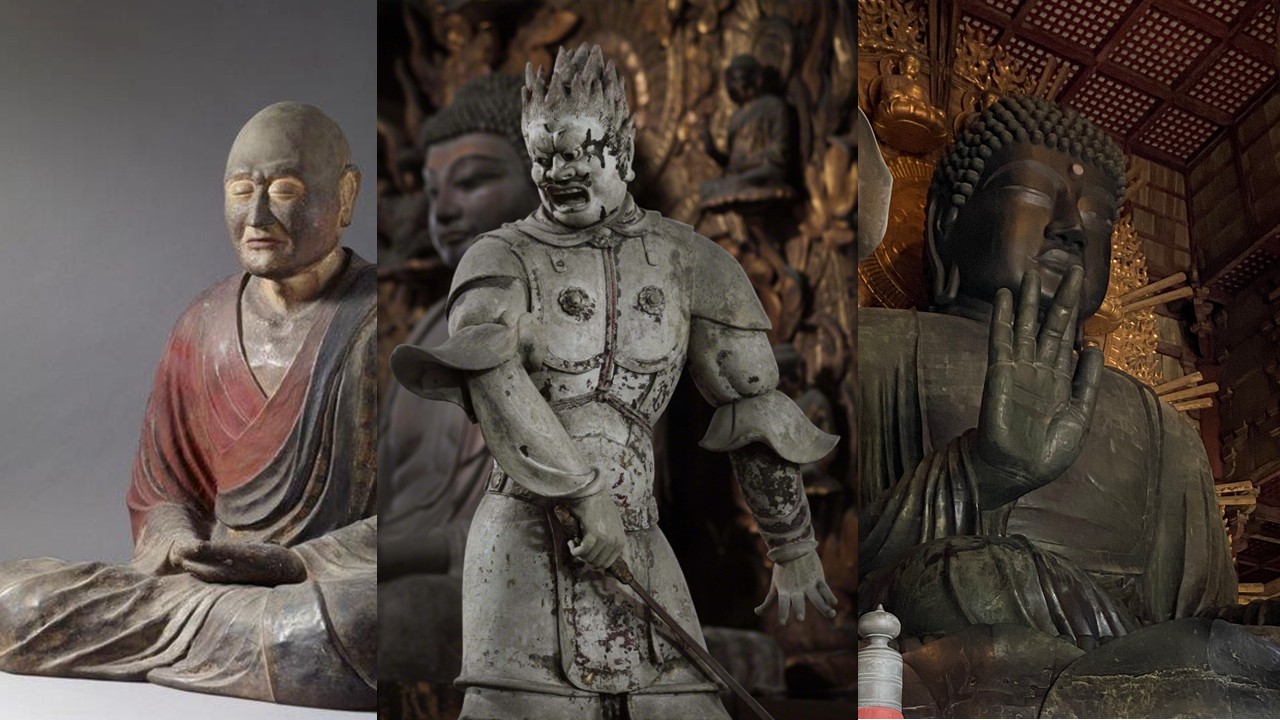

During the eighth century in Japan, Buddhism gained favor among the imperial and aristocratic households. Many projects were undertaken that coincided with the newly introduced schools of Buddhist thought, including a monumental icon at Todaiji. Surviving images reveal the diverse materials used for sculptures in the Nara period, how they were constructed, and who was responsible for their production.
This is the second session of six monthly classroom-style lectures that trace the historical development of sculpture in Japan. These lively conversations explore Japanese sculptures from various time periods and mediums through in-depth explanations about how and why they were made. Participants will also encounter obscure topics related to sculpture-making in Japan.
| Date | Topic | RSVP Link |
| November 12, 2025 | Before and During the Asuka Period | --- |
| December 3 | Nara Period | RSVP |
| January 2026 | Heian Period | --- |
| February | Kamakura Period | --- |
| March | From the Muromachi to Edo Periods | --- |
| April | Modern and Contemporary Sculpture | --- |
 Michael VanHartingsveldt
Michael VanHartingsveldt
A PhD candidate in Art History at the University of Kansas, Michael VanHartingsveldt is currently writing his dissertation about the Buddhist sculptor profession in medieval Japan. He has curated exhibitions, taught university courses, and presented public lectures about Japanese visual culture in California, Kansas, and Japan, and is now working as an Art and Culture Program Officer at the Japan Foundation, Los Angeles.
